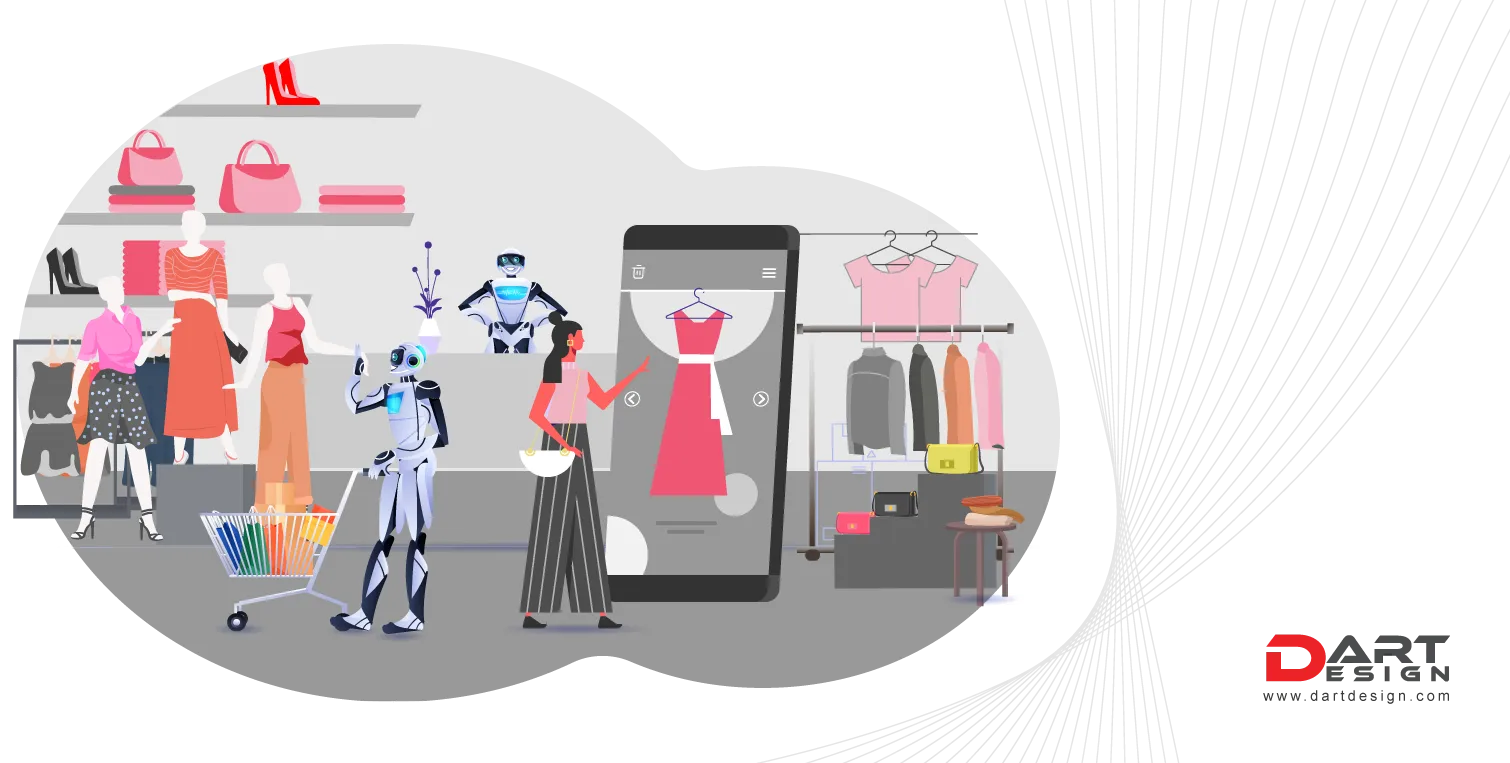The question posed to creativity that how far it can go, the answer comes through design. Designs have always had the potential to repair nature and the complete ecosystem. What feels phenomenal is the creativity that now has the power to take people back to nature. The present landscape reflects the grave circumstances of climate. With more black swan events adding fuel to the wildfire, it impacts biodiversity.
Millennials and GenZ are coming forward as vigilantes of the ecosystem. They are scrutinizing the people in business and how their Business as Uusal practices repudiate the far cry of nature. They are sequestering any form of correlation with brands that are putting lives at risk. Hence, businesses fall prey to anger, declining visibility, and sales.
Brands with wiser heads pull the strings, reimagine all the strategies to do more than compensate for the years of carbon emissions. The desperate cry of business is causing them to show their support towards nature because it is no more a choice. So, out of the several endeavors, the biophilic design principle has stood apart in the business strategy.
The pent-up desire to explore places since the pandemic is resulting in people choosing offline shopping. It brings them the joy of tactile experiences in their everyday life. Hence, the going-back-to-store phenomenon has made all the buzz. Consumers’ renewed interest in being outdoors is a great moment to leverage for retailers. Thus, the creativity of designers and artisans becomes the catalysts, shaping a new reality for stores.
Designers are presenting new ways aligned to the regenerative approaches that are making newer ranks in the market. Thus, Biophilic green designs in commercial spaces become part of sustainable environment design.
Where is this green creativity spreading?
Recent awakenings in people are causing them to learn and embrace things in the crisis atmosphere that aren’t under their control. But restoring and revitalizing the climate has a large possibility, and people are ready to take part. It is prompting brands to make a profitable deal with nature by doing good with systemic social & economic change. As a result, it benefits their commercial goal and net profitability.
Biophilia’s concept fits right into retail brands’ agenda, playing to kill two birds with one stone. Social and moral responsibility mustn’t come at the cost of a higher operation budget. So designers reached back to the 1980s theory of Biophilia by Dr. Edward O Wilson. It defines the primitive bond which exists between humans and other species. Thus, brands with a relevant business nature are opting to connect urban structures with the greenness of nature.
Biophilia explains why the sudden urge to be in a natural setting feels irresistible. The concept of biophilic design came up about two or more decades ago. But as more humans choose to be around the natural environment, the trend seems visible in action. The Biophilic design is an impending change as the focus on mental well-being and the climate emergency increases. It is waiting for brands to integrate it into their store strategy.
The biophilic concept is infiltrating everything. From offices to intelligent homes and physical shopping outlets. It is a cue to retail’s blurring lines between physical and digital. Hence, biophilic design arrangements shape experiences. It is removing the blinds between indoor and outdoor experiences. Here are a few elements working alongside traditional design concepts. All aim to create an authentic green atmosphere inside stores and other commercial spaces in an urban landscape:
Replacing typical with Natural & Organic
Biophilic design works on the primary principle of replacing conventional building materials with organic ones. The feature has much to do with procuring and manufacturing the elements. The resources obtained from biodiversity lend a hand in manufacturing. It comprises all standard components, including colors, tiles, and even bricks. It is a step taken to harbor plants and other species inside a store space where applicable.
Natural Analogues
Cost-effectiveness becomes a significant crisis when taking a swing with sustainability. So natural analogues work best to include elements that mimic nature’s basic form. Sensory perceptions well-justify biophilic designs. Through analogues element in Biophilic, people begin to feel connected to nature through in-store experience. Plant patterns on the wall some brands apply could be a part of Natural Analogues. Hence it gives a true feeling like time spent in wildlife.
The Restorative Space with Nature
A design has many more features than is visible to the naked eye. During the architectural planning of retail space, designers work on user interaction with the surrounding, presenting a solution to the user and educating them. Hence designs create a restorative space by including natural light, natural curves in layouts, and accessibility to view wildlife from inside.
Biophilic designs are here to stay, and for good reasons. They are in the elemental stage but growing to enable brands find the most powerful strategy for inviting people and making them loyal consumers. It is just the beginning, but brands need to make way for this concept to find space in their business model.




